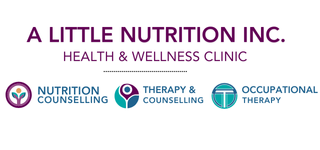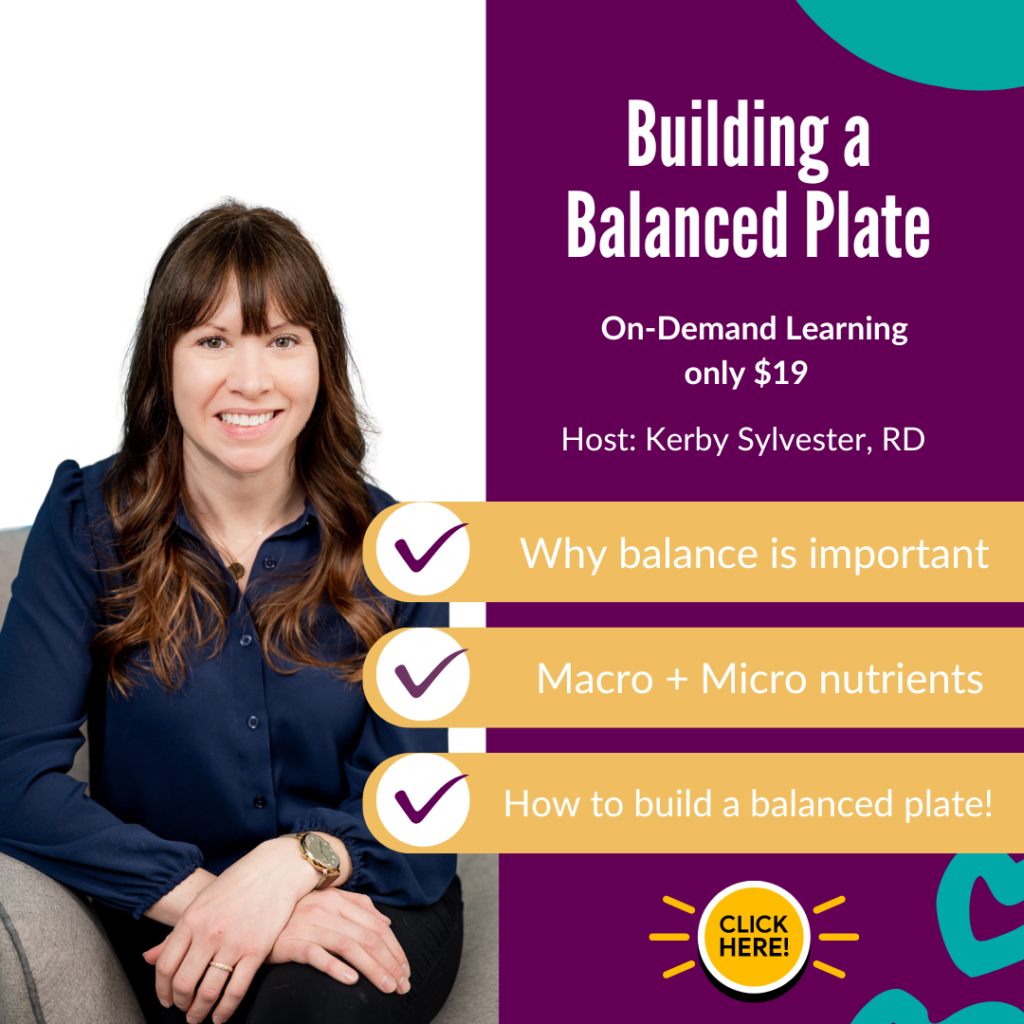You won’t find Canada’s Food Guide at A Little Nutrition!
We get asked all the time “Are you going to give me the Canada’s Food Guide?“
This is a question I am often asked when first sitting down with a new client.
The answer is NO! At A Little Nutrition we use a different approach, a more customized approach to healthy eating and weight management.
Let me tell ya why!
Canada’s Food Guide was first introduced in 1942 as a guide to address wartime rationing, prevent nutrition deficiencies and improve the health of Canadians in a country where food was scarce. The current version of the guide focuses on lowering the risk of chronic disease and encouraging a healthy weight.
Let’s fast forward to our lifestyle and environment right now. Today there is an overabundance of food options and life is faster paced.
It’s not hard to imagine why do so many people struggle to implement the suggestions provided by the guide, and ultimately end up feeling like they failed. It can be hard to understand how to put together healthy eating.
Below are 4 reasons we don’t use the food guide at A Little Nutrition, and how we use a different approach to sustainable lifelong healthy eating.
1. Corn and potatoes …are they considered vegetables??
Corn and potatoes are currently found under the vegetable section of the Canadian Food Guide. At A Little Nutrition we counsel to think of these foods as starches. Corn and potatoes break down into sugar in the body, the same way pasta, rice, bread or other starchy foods would. Therefore, they should be considered the same, and not as an easy way to say you ate a serving of vegetables.
2. Hard to understand serving sizes:
The suggested serving sizes for fruit and vegetables is 7-8 for females and 8-10 for males between the ages of 19-50. Seriously, people freak when they hear this. This can seem like a daunting number when lumped together like that. In reality it is just 2 cups of vegetables at lunch & supper and 2-3 servings of fruit per day. When broken down into more manageable chunks, it doesn’t seem so hard to do.
3. Portion Distortion:
The current food guide is behind the times of our current food supply, and this can lead to confusion on what a serving actually is. A medium fruit or ½ cup is considered one food guide serving. A super market banana you can find today is nowhere near a ‘medium fruit’. It can be anywhere from 2-4 servings. Also, our bread slices have gotten bigger. A serving size is around 35 grams and the average weight of a healthy whole grain piece of bread is now 55 gram. That is almost double! The portions of all of our foods have increased. A dietitian can help you assess your diet to see if it is well balanced and supportive of your goals.
4. Contradictory information:
In the dairy section of the guide, kefir and evaporated milk are offered as suggestions to include to meet your recommendations for calcium. Seriously, do you think of kefir or evaporated milk when trying to pick out high calcium foods? Including more practical suggestions such as cottage cheese or ricotta cheese is a better reflection on consumers eating habits.
The other thing that is highly contradictory is that inn the fruit and vegetable section ½ cup of juice is a serving of fruit, and then guide then goes onto suggest limiting your juice intake!
Juice has been stripped of all the fibre found in fruit. It spikes blood sugar, leads to cravings, and isn’t a good way to consume our calories. A whole fruit would have provided you with the same nutrients, with added fibre for blood sugar control and keep you full for longer!
That’s just a few of our reasons why we don’t use Canada’s Food Guide here at A Little Nutrition.
However, I would like to mention that Canada’s Food Guide for healthy eating isn’t all bad.
We do agree with the messaging to enjoy a variety of foods, choose lentils and beans more often than meat, enjoy your vegetables raw, steamed or baked without added fat or salt, and eat 2 servings of fatty fish per week.
Eating Well With Canada’s Food Guide, is just that …a guide.
It is difficult to take general information designed for populations, and apply it to an individual’s lifestyle.
The guide is under revision and hopefully some improvements will be made.
A dietitian at A Little Nutrition can help with setting up a personalized nutrition care plan that takes into consideration your work schedule, your family dynamics, for example working with those picky eaters, and how to make eating healthy enjoyable and effortless so that you are more successful in achieving and maintaining your goals.
If you want to book an appointment with one of our registered dietitian, we would be happy to make a customized healthy eating plan for you. Just hit the button below!
~Amberlee Anderson, RD
Winnipeg Dietitian Nutritionist at A Little Nutrition







